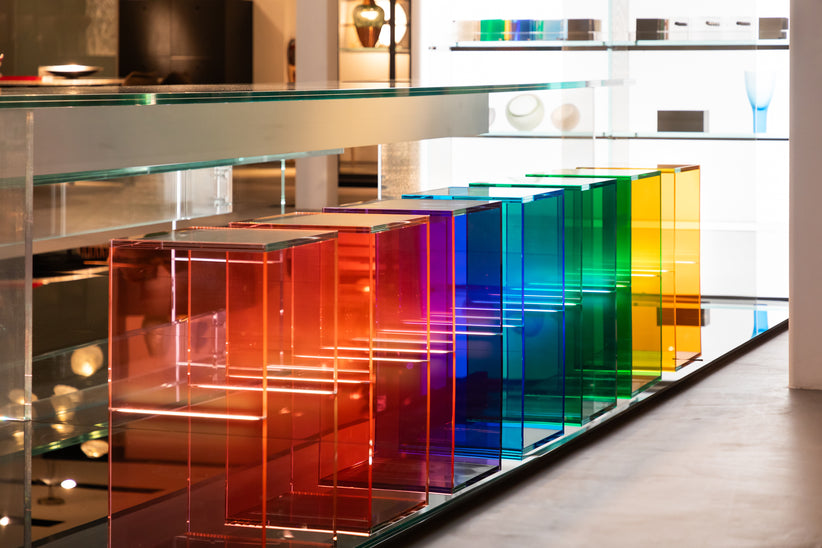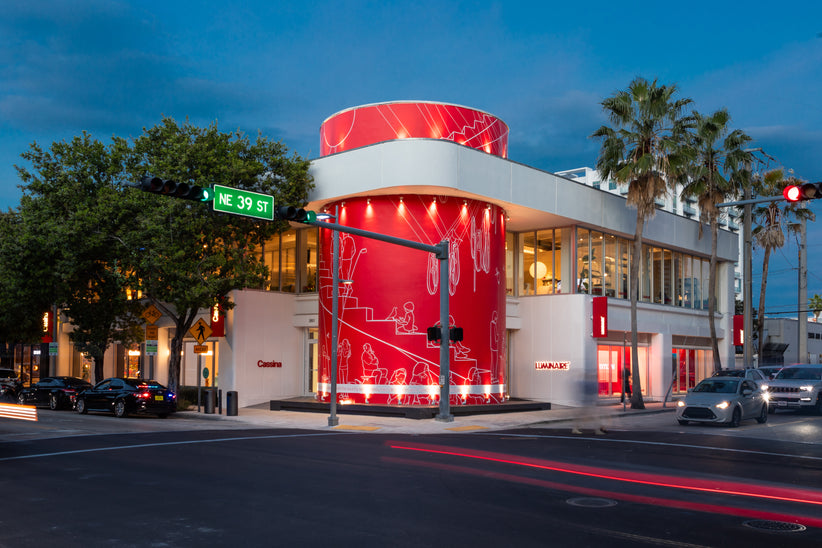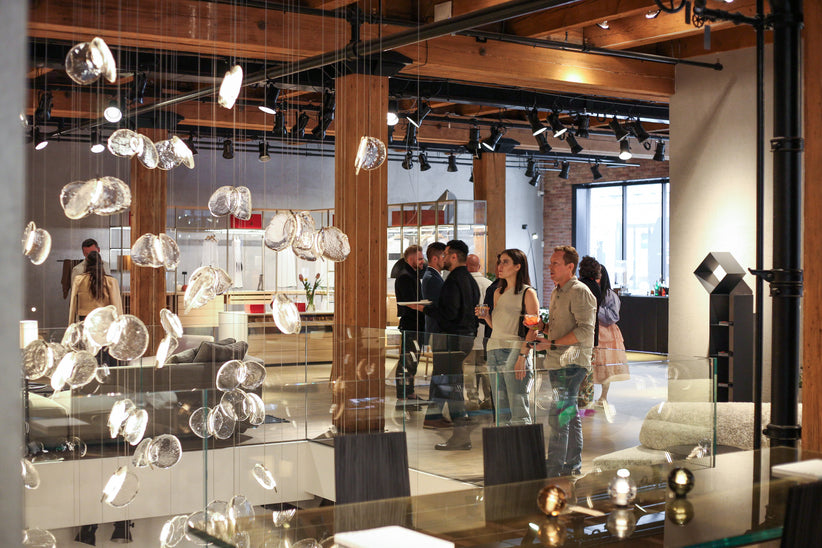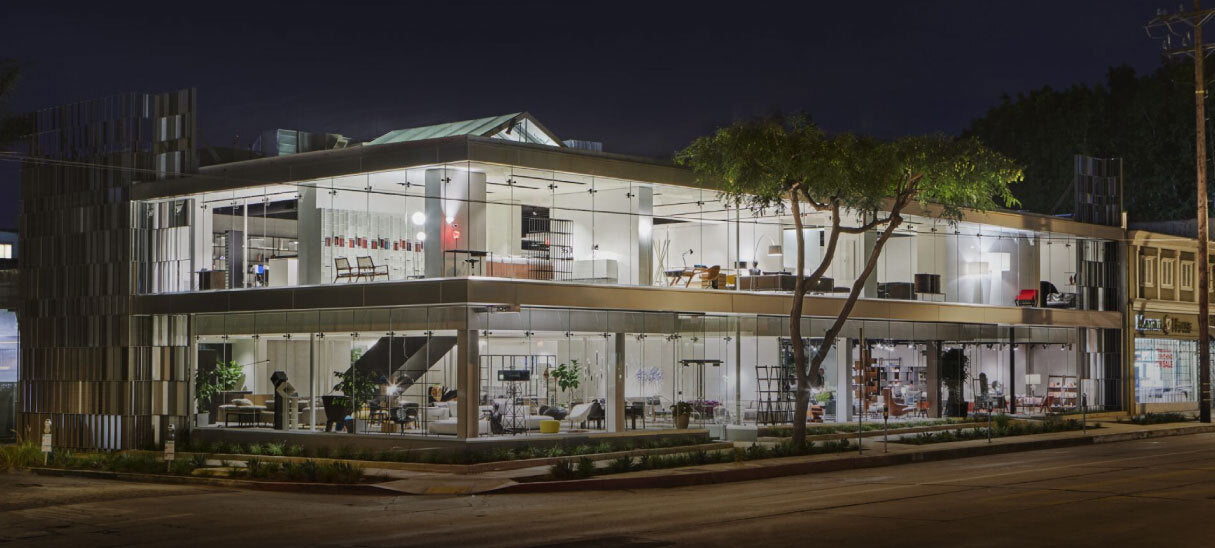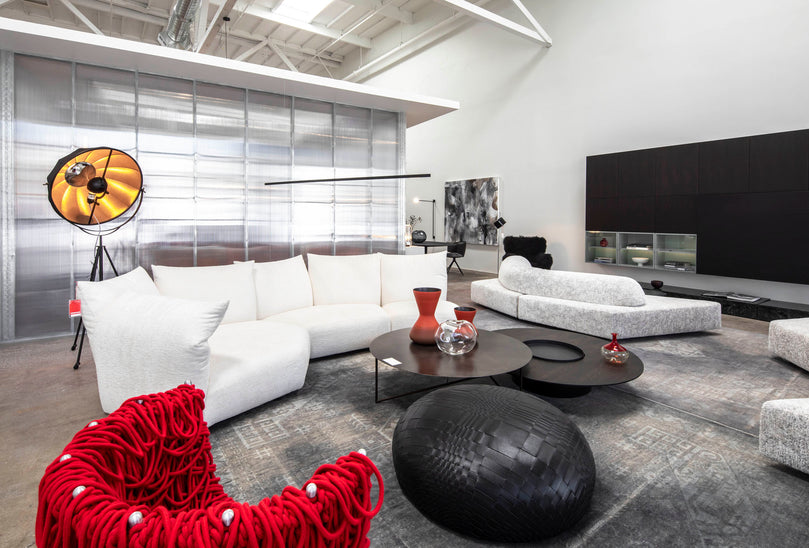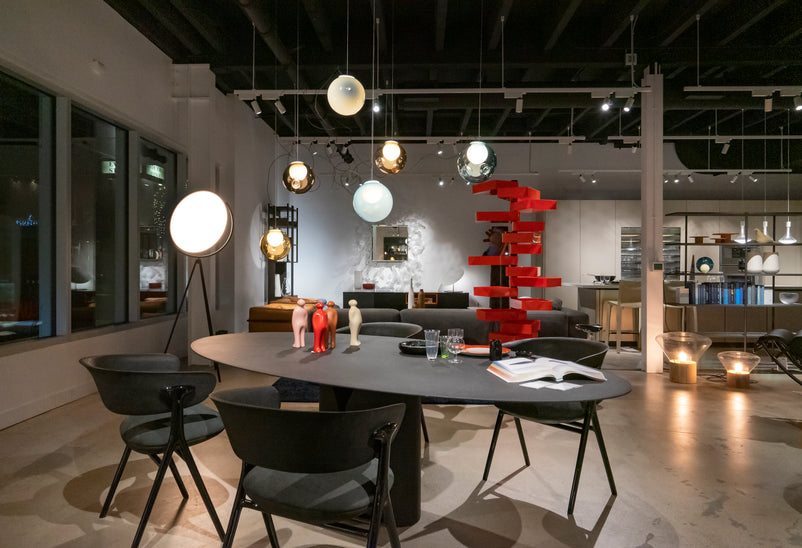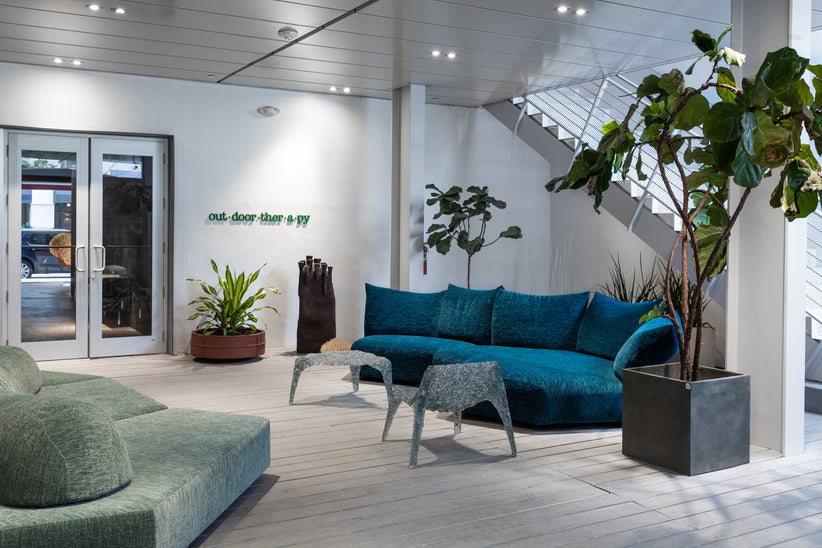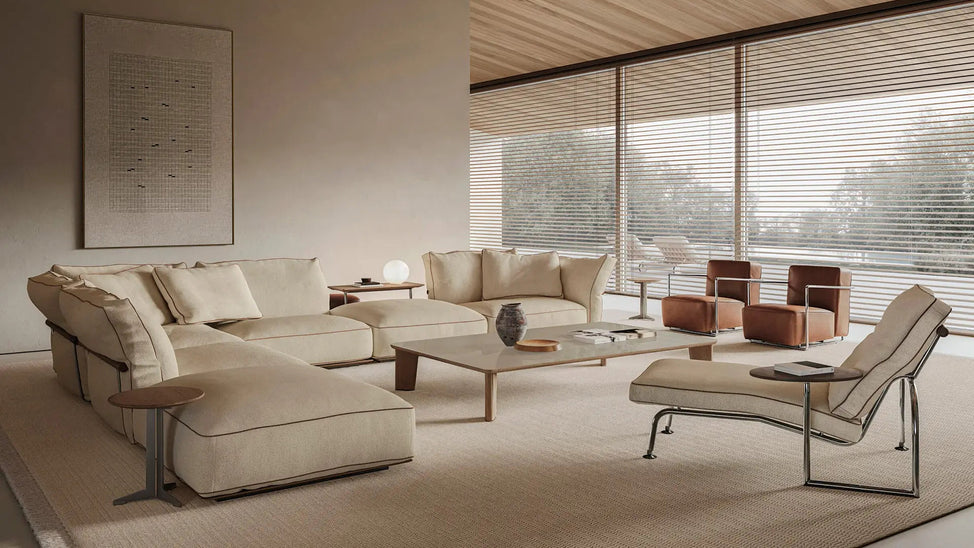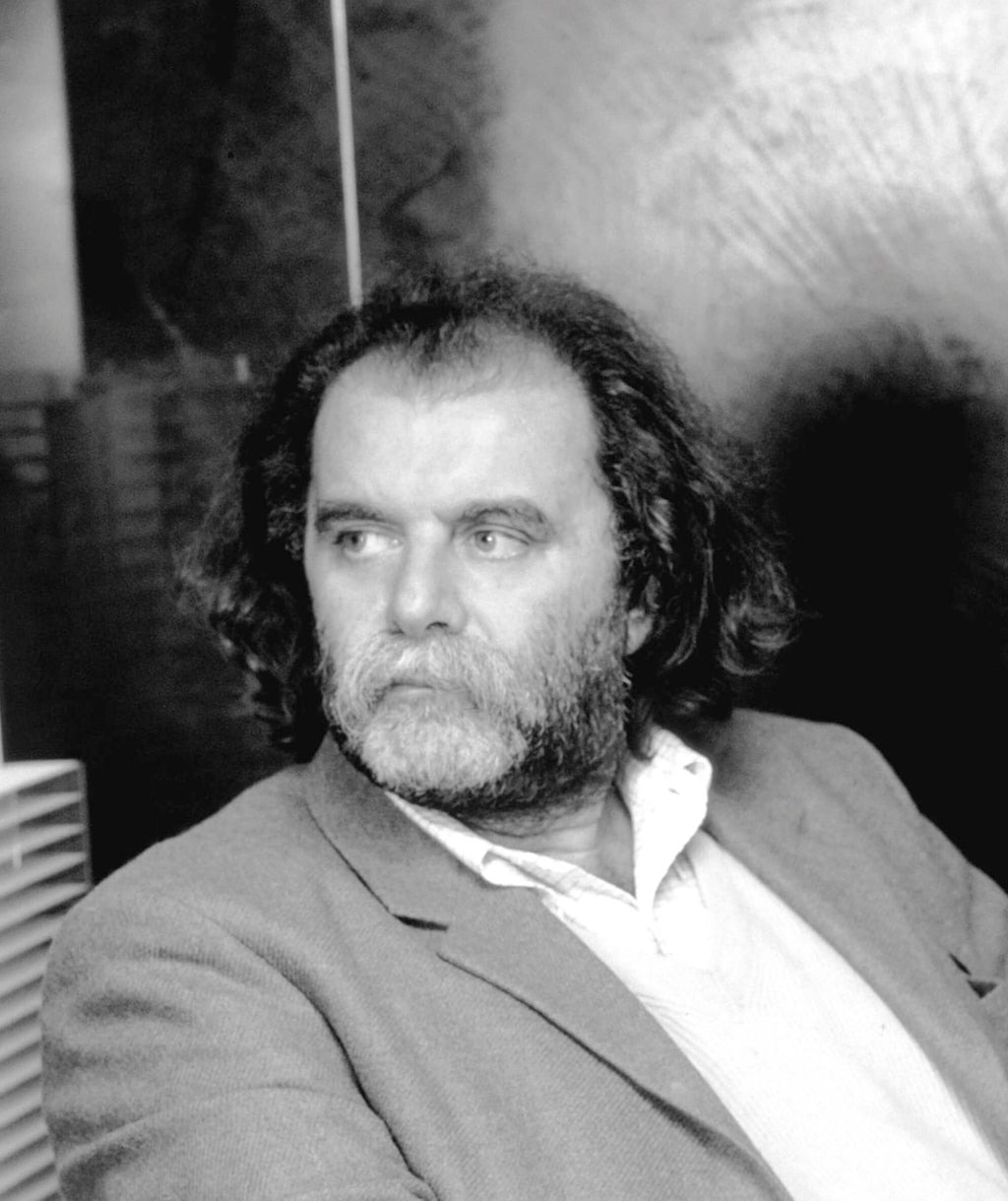Born March 13, 1950, in the town of Adria in Northern Italy, industrial designer and architect Paolo Piva regarded design as “a continuous process which starts with consciousness.” He didn’t view design as merely the product of a certain idea, but more so an evolving element from a continuous occupation with the theory of design.
In 1968, Paolo Piva began his studies in architecture at the Institute of Architecture in Venice where he was educated by renowned architect Carlo Scarpa.
While there, he immersed himself in the studies of Viennese architecture and design, writing his thesis on the topic “Vienna from 1918 - 1934.” This educational background led him to move to the city where he taught a masters class in industrial design at the University of Applied Arts in Vienna in the late 1980s and early 90s. Both Venice and Vienna were an inspiration for his success.
“Vienna motivates me intellectually, and in Italy, I profit from spontaneous vitality.” - Paolo Piva
Piva gained further notoriety as he ushered the next wave of design for B&B Italia alongside Antonio Citterio and Paolo Nova. Together, the talented designers further shaped the image of B&B Italia and pushed the boundaries of contemporary furniture design beyond the conceivable realm. Through new technologies, acute sensitivity to details and each designer’s unique aesthetic vision, the products they created still shape B&B Italia to this day.
Piva participated in several lectures and exhibitions at Luminaire. In 1991, he unveiled his groundbreaking Artema seating system for the first time in the United States during Neocon in Chicago and later in Miami in 1992. Throughout these presentations, Piva discussed how successful products develop from a continuous occupation with design as a lifestyle and philosophy.
Some of Piva’s most iconic pieces for B&B include the Alanda and Andy sofas. In designing the Alanda, Piva applies a mechanic approach which later became one of his signature design styles. Designed to meet individual needs with a simple, basic idea, the mechanisms developed for this sofa allow for it to transform shapes and adapt to all the positions of the body.
With the Andy sofa, Piva adapts his approach to mechanical furniture with a distinguishing feature that allows the seat to be moved forward, allowing the user to convert the sofa into a chaise lounge. Furthermore, a mechanism installed in the backrest enables its slant to be changed from a horizontal position to a vertical position that provides additional support.
Throughout his career, Piva’s technologically driven, innovative designs utilized movement to change form and purpose. With over forty years of collaboration with B&B Italia, Piva has written important chapters of Italian design with iconic projects characterized by ingenious technical and aesthetic solutions, always in the face of functionality.
August 2017


